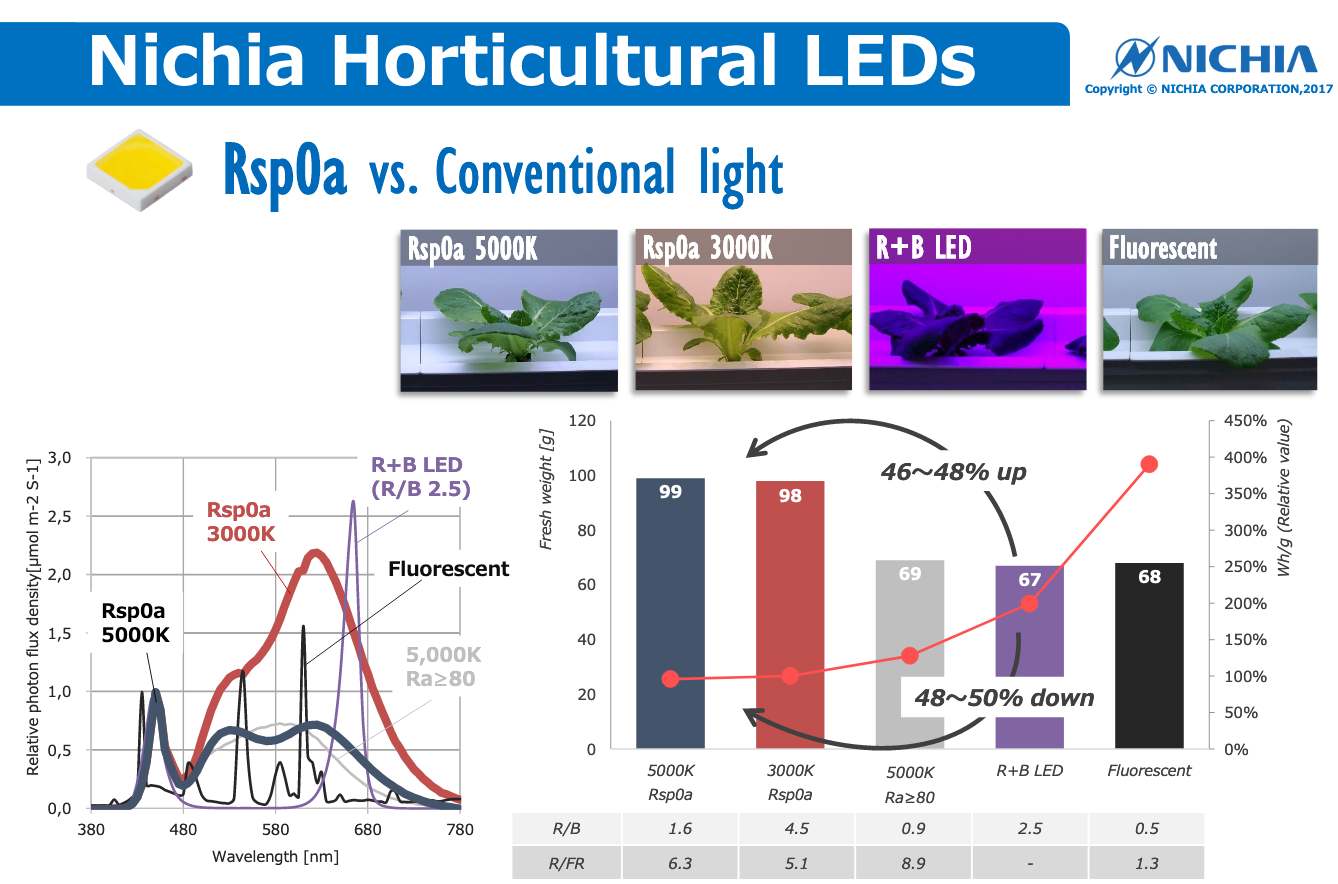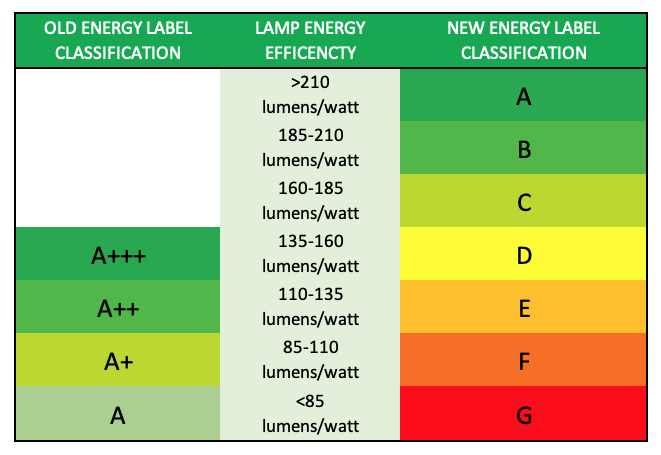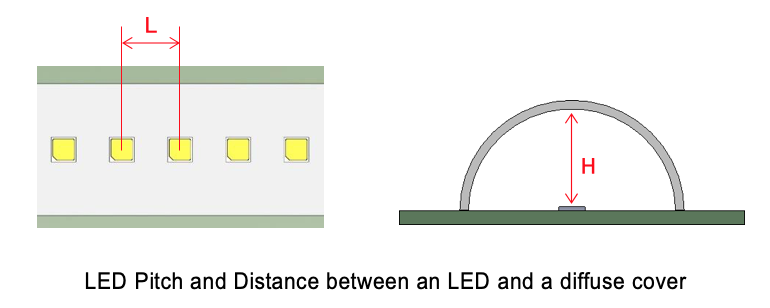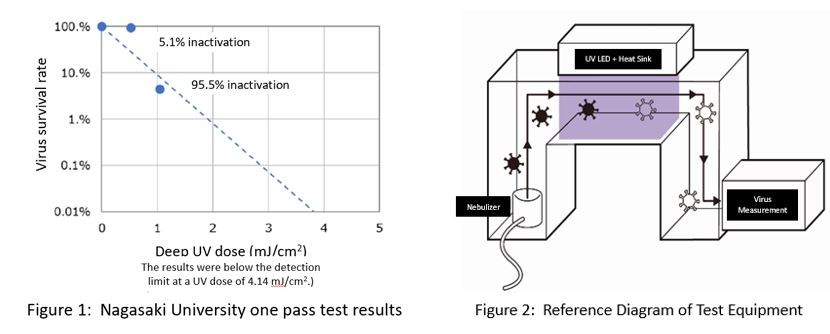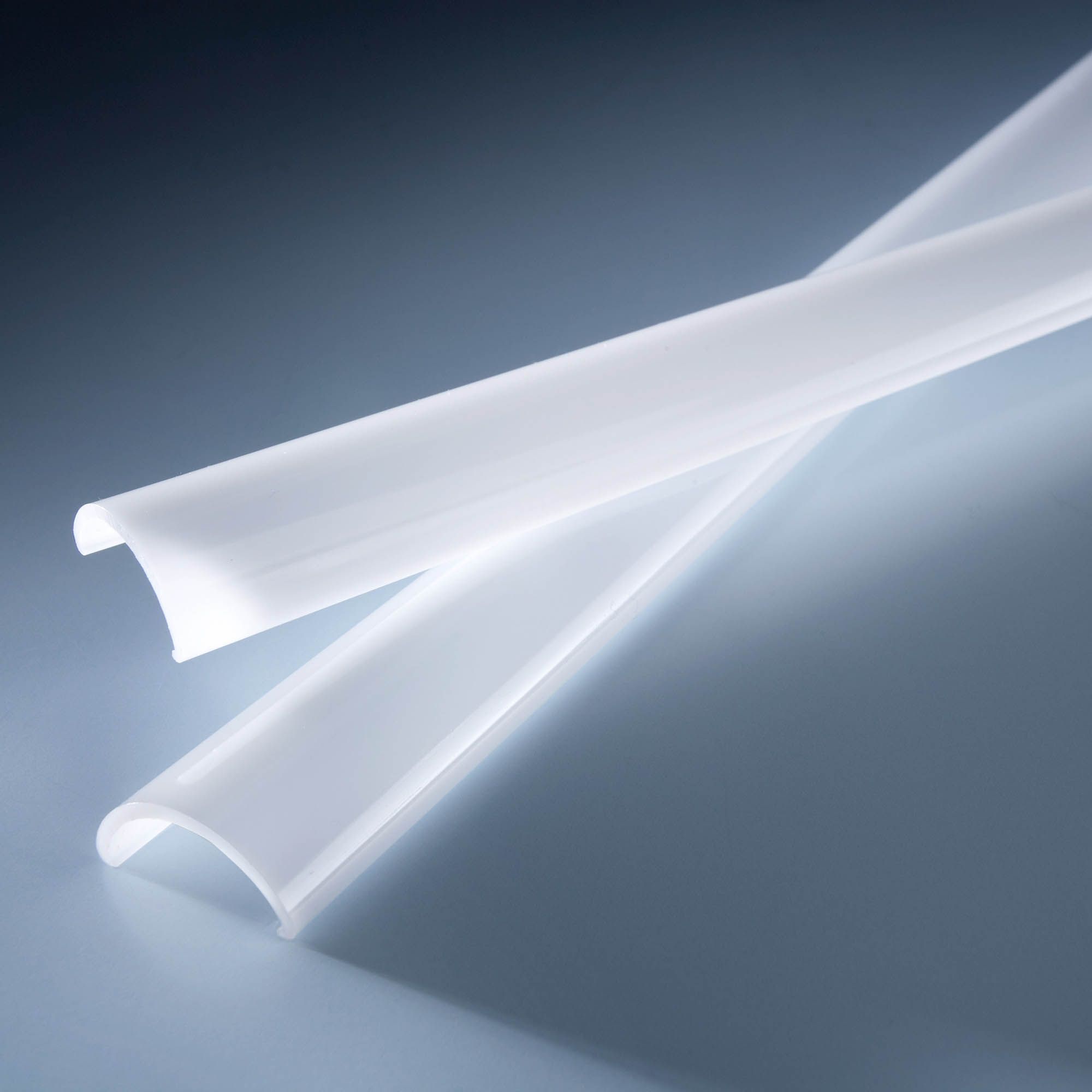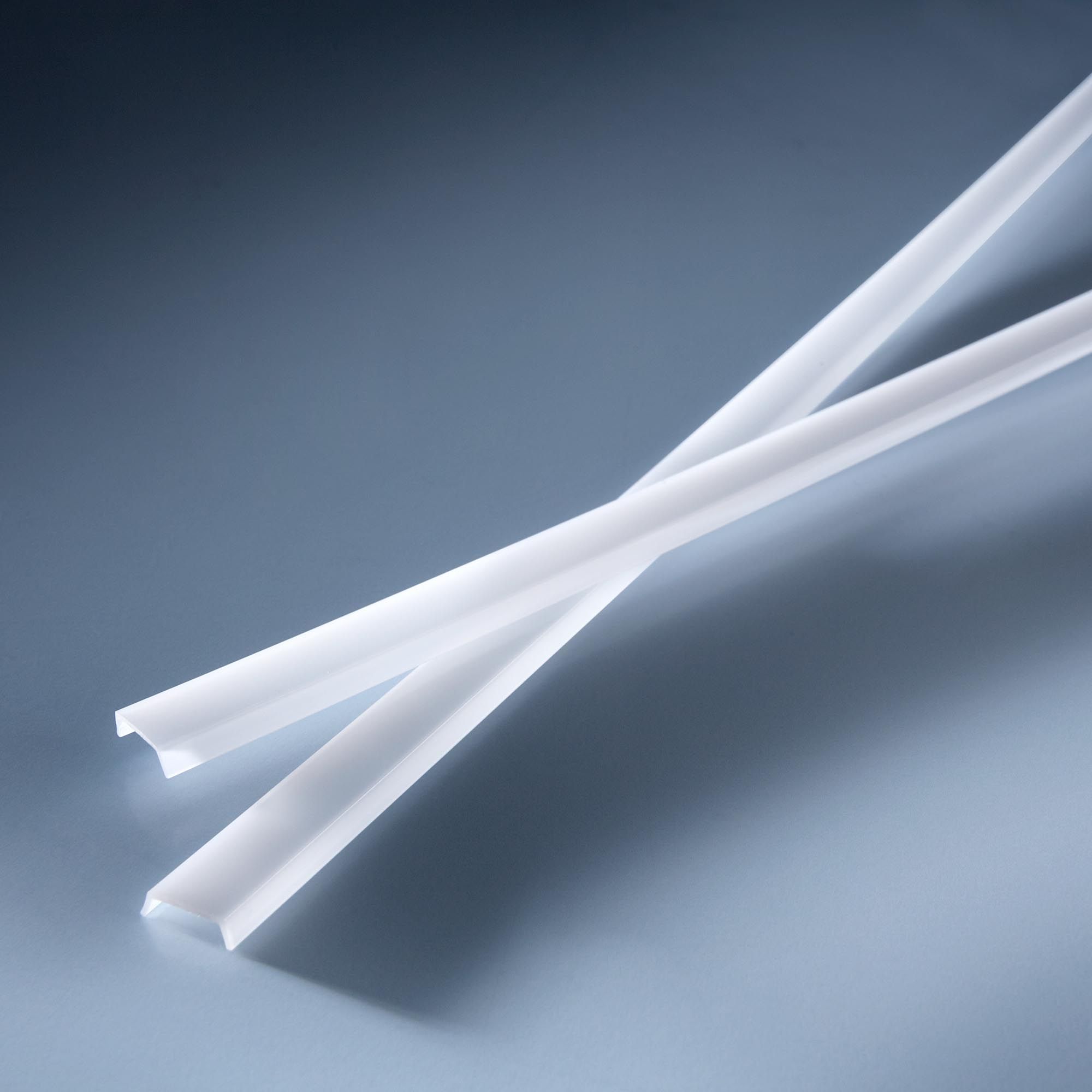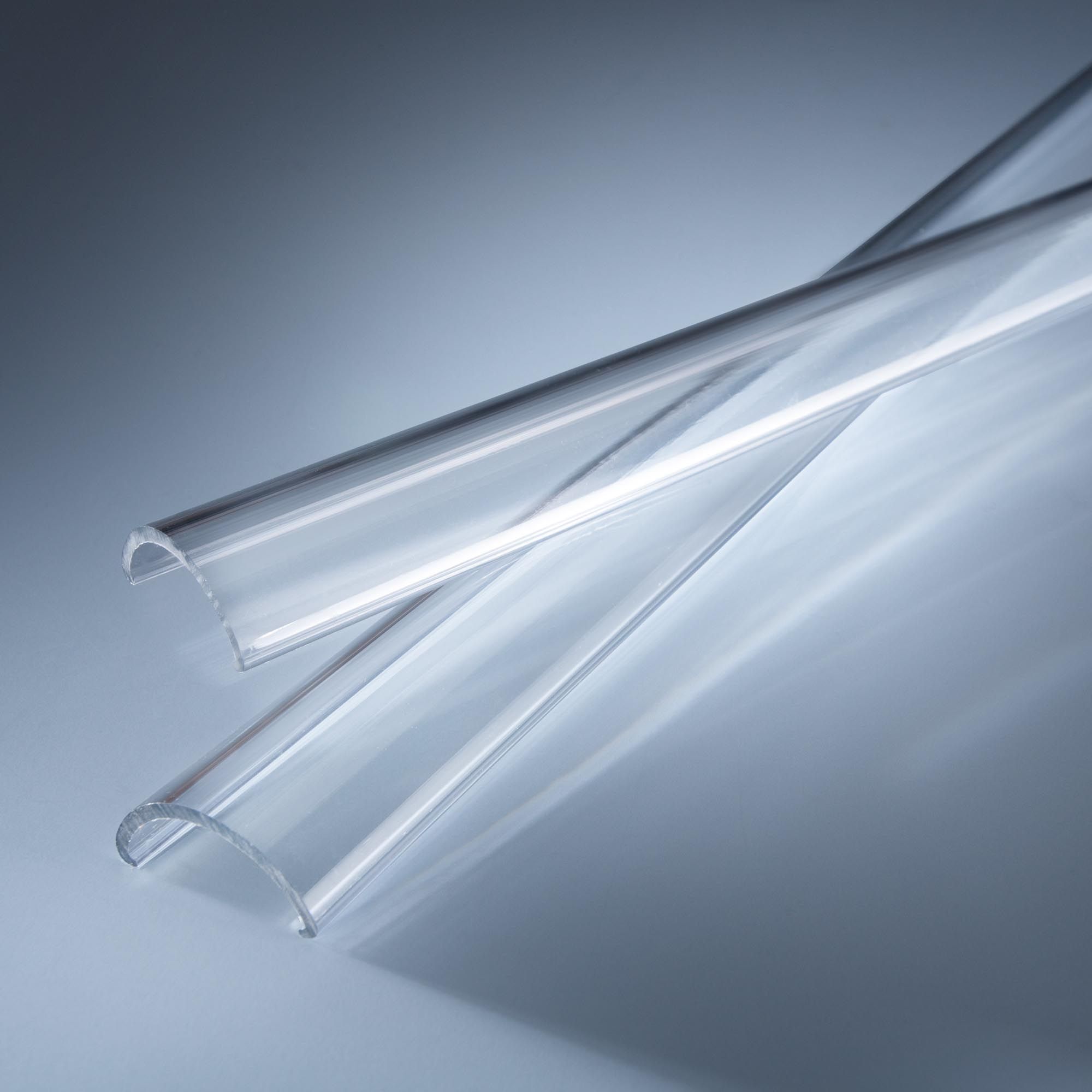Exploring the Various Types of LED Strip Lighting Systems
- By Ledrise Led Professional
- Jan 9, 2023
LED strip lighting systems, also known as LED tapes or LED ribbon lights, have become increasingly popular due to their versatility and energy efficiency. These lighting solutions come in various forms, including flexible LED strips, rigid LED strips, Zhaga LED strips, backlight LED strips, flexible backlight LED strips, and power LED strips. In this article, we will delve into the different types of LED strip lighting systems, discussing their unique features, advantages, and potential applications.


